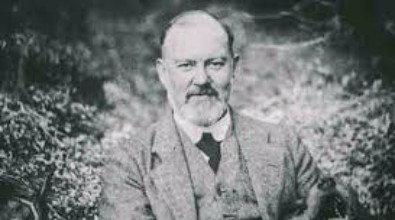
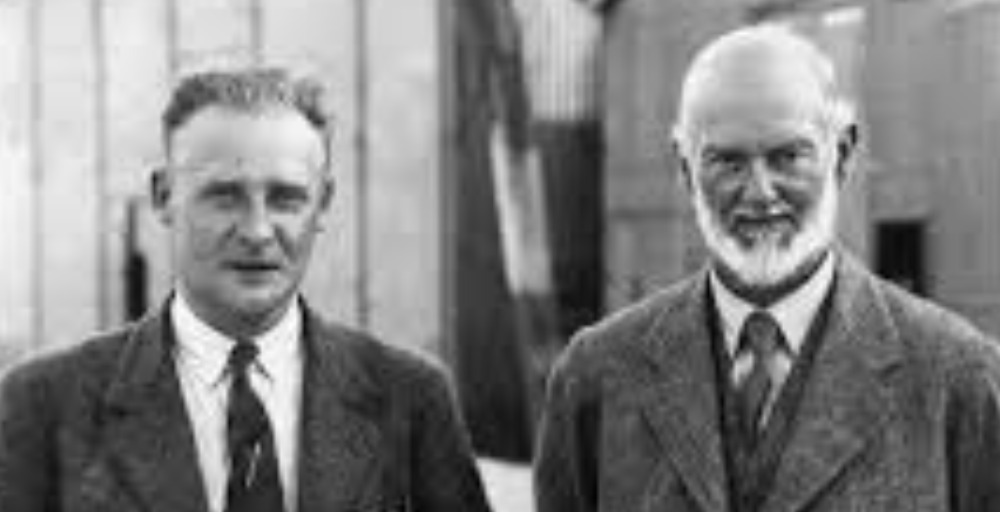
Rare image of the two great names of spitfire history together

The Mitchell & Royce Tribute Spitfire
R J Mitchell
“If anybody ever tells you anything about an aeroplane which is so bloody complicated you can't understand it, take it from me: it's all balls.”
R. J. Mitchell, advice given about his engineering staff to test pilot Jeffrey Quill during prototype trials.
R.J. Mitchell was born at 115 Congleton Road, Butt Lane, Kidsgrove, Staffordshire, England. After leaving Hanley High School, a co-educational grammar school in Stoke-on-Trent, at the age of 16, he gained an apprenticeship at Kerr Stuart & Co. of Fenton, a locomotive engineering works. At the end of his apprenticeship he worked in the drawing office at Kerr Stuart and studied engineering and mathematics at night school.
In 1917 he joined the Supermarine Aviation Works at Southampton. Advancing quickly within the company, Mitchell was appointed Chief Designer in 1919. He was made Chief Engineer in 1920 and Technical Director in 1927. He was so highly regarded that when Vickers took over Supermarine in 1928, one of the conditions was that Mitchell stay as a designer for the next five years.
Between 1920 and 1936, Mitchell designed 24 aircraft. As Supermarine was primarily a seaplane manufacturer, this included several flying boats such as the Supermarine Sea Eagle, the Supermarine Sea King, the Supermarine Walrus, and Supermarine Stranraer, and racing seaplanes.
He was first noted in this period for his work on a series of racing seaplanes, built by Supermarine to compete in the Schneider Trophy competition. The Supermarine S.4 was entered in 1925, but crashed before the race. Two Supermarine S.5 aircraft were entered in 1927, and finished first and second. The Supermarine S.6 won in 1929. The final entry in the series, the Supermarine S.6B, marked the culmination of Mitchell's quest to "perfect the design of the racing seaplane". The S.6B won the Trophy in 1931 and broke the world air speed record 17 days later.
Mitchell was awarded the CBE on 29 December 1931 for services in connection with the Schneider Trophy Contest.
The technical skill that Mitchell used in the design of the Spitfire was developed in the evolution of the Schneider Trophy seaplanes. The significance of the many earlier planes is often overlooked when people refer to Mitchell, as is the fact that he was very concerned about developments in Germany and feared that British defence needed to be strengthened, especially in the air.
In 1931 the Air Ministry issued specification F7/30 for a fighter aircraft to replace the Gloster Gauntlet. Mitchell's proposed design, the Type 224 was one of three designs for which the Air Ministry ordered prototypes.
The Type 224 first flew on 19 February 1934, but was eventually rejected by the RAF for unsatisfactory performance. While the 224 was being built, Mitchell was authorised by Supermarine in 1933 to proceed with a new design, the Type 300, an all-metal monoplane that would become the Supermarine Spitfire. This was originally a private venture by Supermarine, but the RAF quickly became interested and the Air Ministry financed a prototype.
Many of the technical advances in the Spitfire had been made by others: the thin elliptical wings were designed by Canadian aerodynamicist Beverley Shenstone, the under-wing radiators had been designed by the RAE, while monocoque construction had been first developed in the United States. Mitchell's genius was bringing it all together with his experience of high speed flight and the Type 224.
The first prototype Spitfire, serial K5054, flew for the first time on 5 March 1936 at Eastleigh, Hampshire. In later tests, it reached 349 mph; consequently, before the prototype had completed its official trials, the RAF ordered 310 production Spitfires then the largest single aircraft order in history. Mitchell is reported to have said that "Spitfire was just the sort of bloody silly name they would choose."
In August 1933, Mitchell underwent a colostomy to treat rectal cancer. Despite this, he continued to work, not only on the Spitfire, but also on a four-engined bomber, the Type 317. Unusually for an aircraft designer in those days, he took flying lessons and got his pilot's licence in July 1934.
In 1936 cancer was diagnosed again, and subsequently, in early 1937, Mitchell gave up work, although he was often seen watching the Spitfire being tested. Mitchell went to the American Foundation in Vienna for a month, but died on 11 June 1937 at age 42
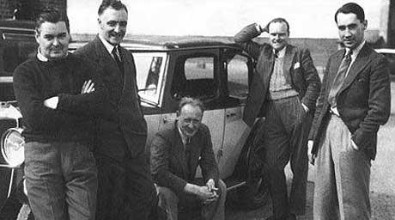 Mitchell (seated) with the test flight team
Mitchell (seated) with the test flight team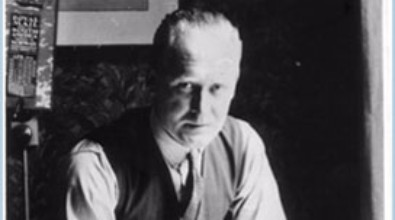 Mitchell in his office
Mitchell in his office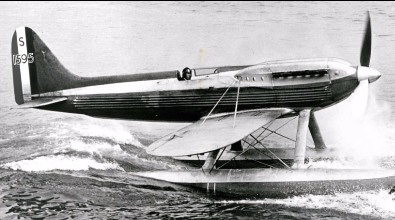
S6B
Sir Henry Royce
Frederick Henry Royce was born in Alwalton, Huntingdonshire, near Peterborough, in 1863, to James and Mary Royce (née King), as the youngest of their five children. His family ran a flour mill which they leased from the Ecclesiastical Commissioners but the business failed and the family moved to London. His father died in 1872 and Royce had to go out to work selling newspapers and delivering telegrams, having had only one year of formal schooling.
In 1878 he started an apprenticeship with the Great Northern Railway company at its works in Peterborough thanks to the financial help of an aunt. After three years the money ran out and, after a short time with a tool-making company in Leeds, he returned to London and joined the Electric Light and Power Company. He moved to their Liverpool office in 1882[1] working on street and theatre lighting.
In 1884, with £20 of savings, he entered a partnership with Ernest Claremont, a friend who contributed £50, and they started a business making domestic electric fittings in a workshop in Cooke Street, Hulme, Manchester, called F H Royce and Company. In 1894 they started making dynamos and electric cranes and F.H. Royce & Company was registered as a limited liability company. The company was re-registered in 1899 as Royce Ltd. with a public share flotation and a further factory opened in Trafford Park, Manchester.
Following a decline in trade after the Second Boer War, and the arrival of increasing competition in cranes and dynamos from Germany and the United States, Royce began considering the motor car as a potential new product for the company. With his fascination for all things mechanical he became increasingly focused on motor cars.
The first Rolls-Royce car, the Rolls-Royce 10 hp, was unveiled at the Paris Salon in December 1904. In 1906 Rolls and Royce formalised their partnership by creating Rolls-Royce Limited, with Royce appointed chief engineer and works director on a salary of £1,250 per annum plus 4% of the profits in excess of £10,000. Royce thus provided the technical expertise to complement Rolls' financial backing and business acumen. By 1907 the company was winning awards for the engineering reliability of its cars.
While Rolls had been interested in aeronautical engineering, Royce only became involved in designing aeroplanes after the outbreak of the First World War, when he modified a Silver Ghost engine for use in aeroplanes. In 1915 he produced the 200 hp Eagle for the Admiralty. Over 6,000 were ordered and it played a significant part in the war.
In October 1928, he began design of the "R" engine while walking with some of his leading engineers on the beach at West Wittering, sketching ideas in the sand. Less than a year later, the "R” engine, designed in his studio in the village, set a new world air speed record of 357.7 miles per hour and won the Schneider Trophy of 1929. When the Ramsay MacDonald government decided not to finance the next attempt in 1931, Lucy, Lady Houston, felt that Britain must on no account be left out of this contest and sent a telegram to the Prime Minister stating that she would guarantee £100,000, if necessary, towards the cost leaving the Government with no alternative but to reverse their previous decision. The result was that Royce found that the "R" could be made to produce more power and the S.6B seaplane won the Trophy at 340.08 mph (547.31 km/h) on 13 September 1931. Later that month on 29 September, the same aircraft with an improved engine flew at 407.5 mph (655.8 km/h) – becoming the first craft to fly at over 400 mph (640 km/h) and breaking the world's speed record.
Following the success of the "R” engine, it was clear that they had an engine that would be of use to the Royal Air Force. As no Government assistance was forthcoming at first, in the national interest they went ahead with development of what was called the "P.V.12" engine (P.V. standing for Private Venture). The idea was to produce an engine of about the same performance as the "R”, albeit with a much longer life. Royce launched the PV12 in October 1932 but unfortunately did not live to see its completion. The engine completed its first test in 1934, the year after he died. Later, the PV12 became the engine and the man who had once humbly signed the visitors' book at the RAF Calshot seaplane base as "F.H. Royce – Mechanic" would never know how his engines would go on to change the course of the Second World War.
The prototypes of two other private ventures, the Hurricane and Spitfire fighter aircraft, were designed around the 890 hp (663 kW) Merlin ‘C’. The early engine design’s performance needed improvement but was sufficient to show off the potential of these new low-wing monoplane fighters. Rolls-Royce even contributed £7,500 towards the total cost of £15,000 (equivalent to about £850,000 today) of the Spitfire prototype, K5054, which first flew on 5th March 1936.
By 1937, after significant alterations to the cylinder head design, the Merlin II was capable of 1,030 hp. All Spitfires and Hurricanes in RAF service at the outbreak of war in September 1939 were fitted with the Merlin II, with the Merlin III being fitted in ever larger numbers by the Battle of Britain in 1940.
Merlin development never ceased and more and more power was extracted from the engine using improved superchargers and fuels. In 1942 the Spitfire Mk IX was equipped with the two-speed, two-stage supercharger, 1, 280 hp Merlin 61. The Mk IX’s performance was improved both in speed and ceiling and immediately outstripped the opposition to gain outright air superiority. This improved Merlin was also used in other aircraft, the most famous application being the North American P-51 Mustang which became one of the most successful fighter aircraft of WW2.
By the end of production in 1951, a total of 168,040 Merlin engines were produced including over 55,000 built under licence as the V-1650 by Packard in the USA.
Demand for the Merlin during the Second World War transformed Rolls-Royce from a relatively small company into a major contender in aero propulsion.
